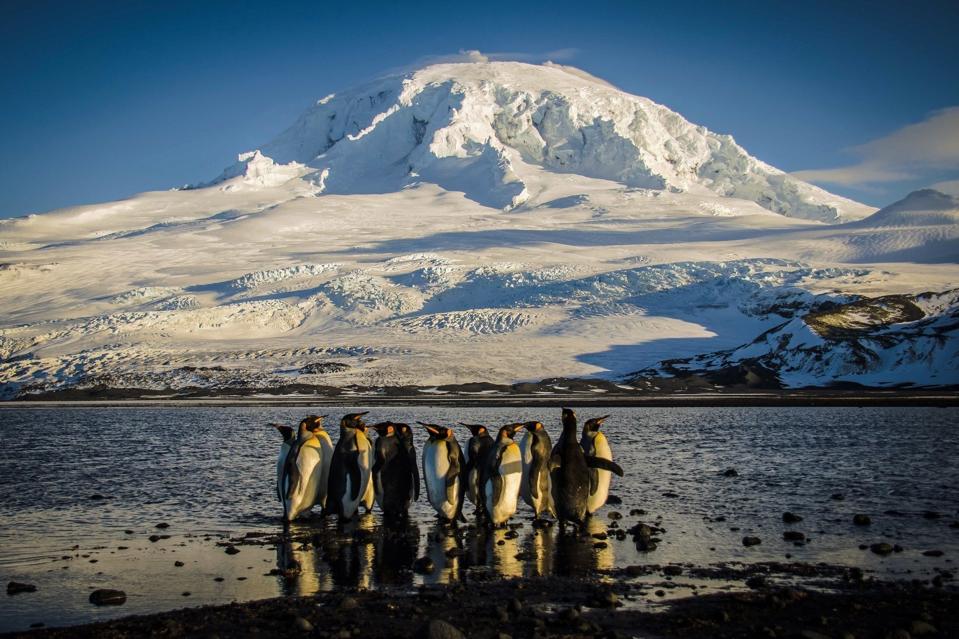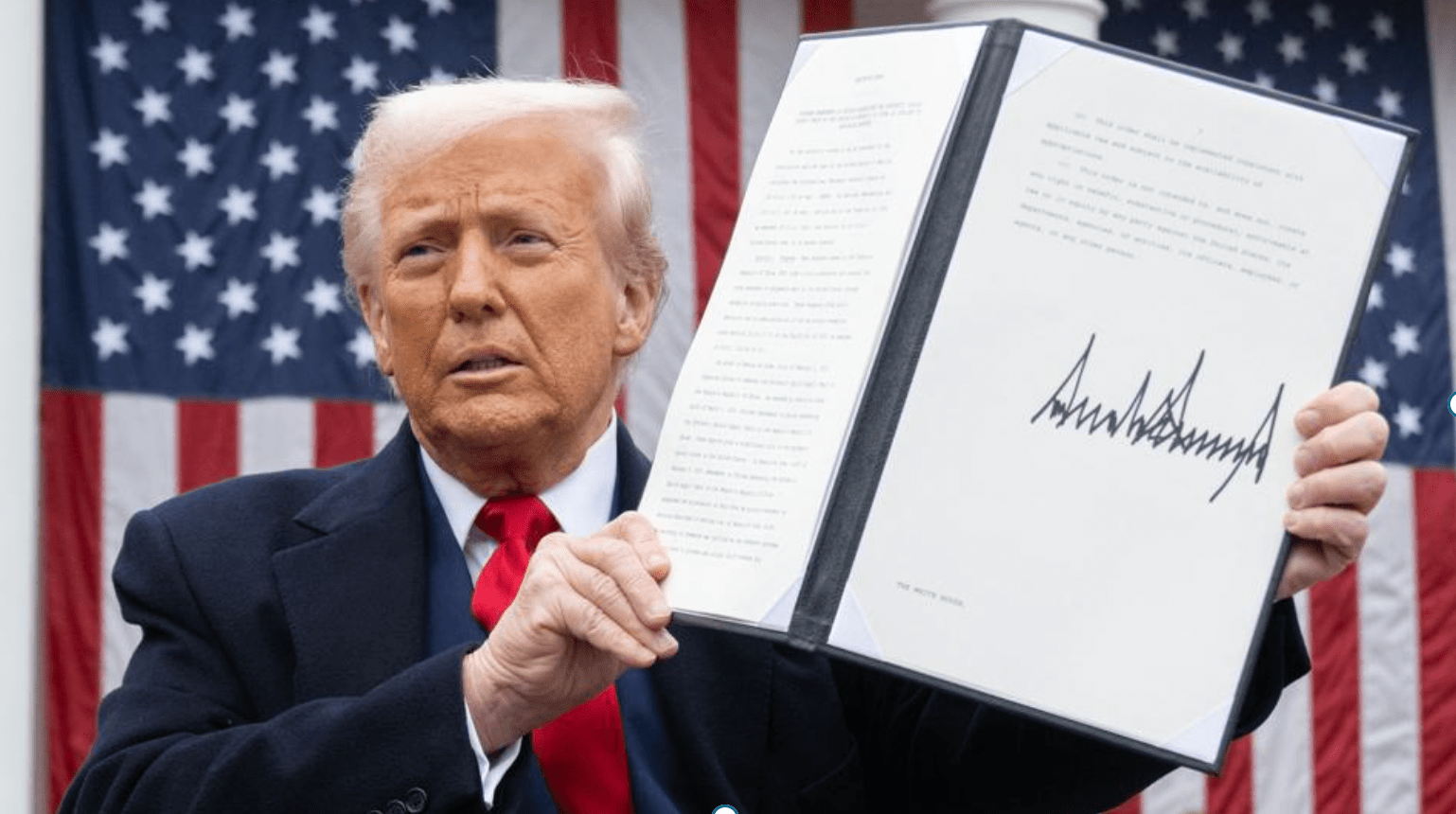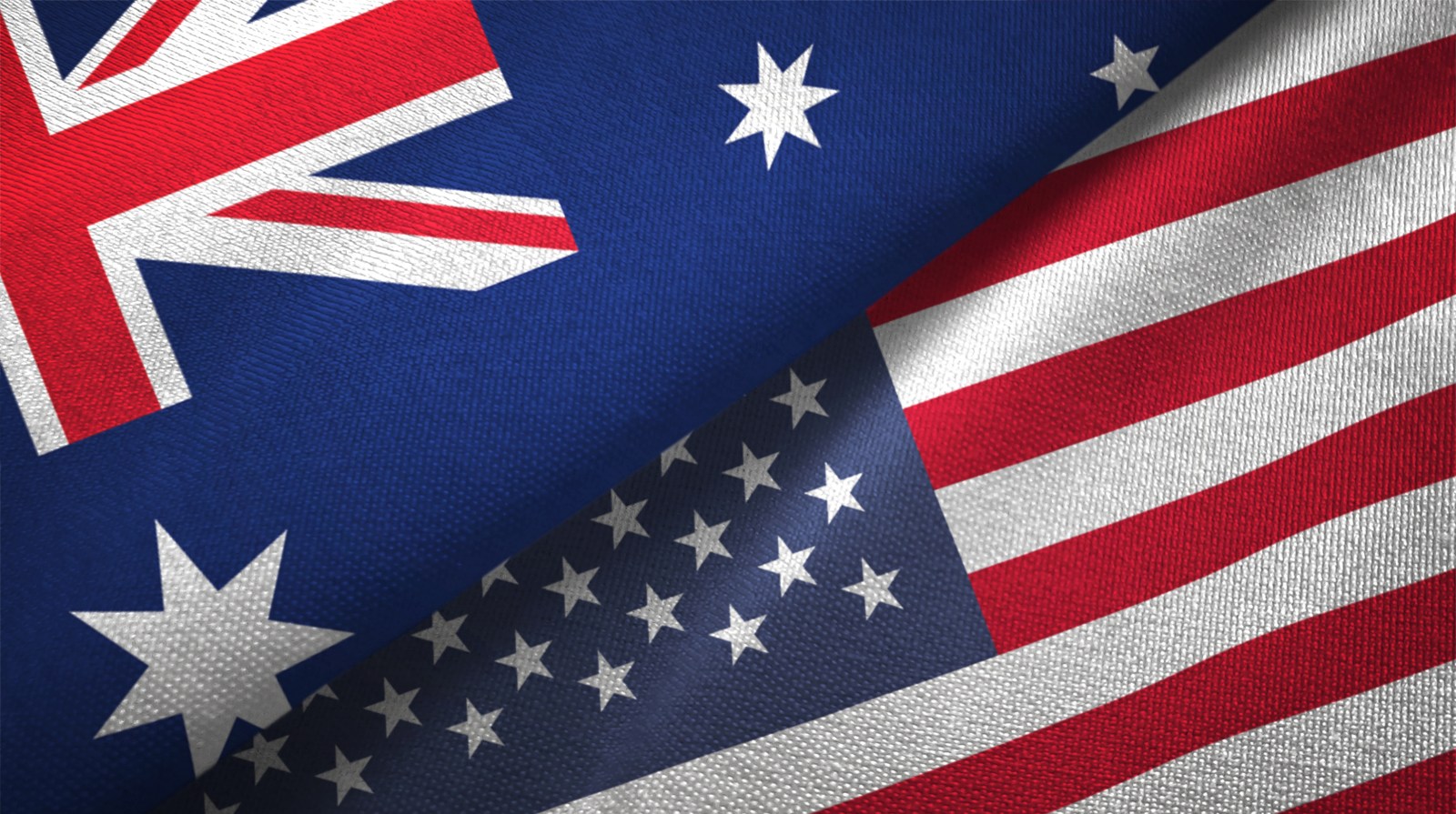President Donald Trump announced a slew of reciprocal tariffs Wednesday, targeting U.S. trade partners around the globe and including small, uninhabited islands 4000 kilometres off the coast of Australia.

(Photo by MATT CURNOCK/AUSTRALIAN ANTARCTIC DIVISION/AFP via Getty Images)
AUSTRALIAN ANTARCTIC DIVISION/AFP via Getty Images
Key Facts
According to the Trump administration’s list, it will be imposing a 10% reciprocal tariff on the Heard and McDonald Islands—an external Australian territory a little less than 1,000 miles north of Antarctica.
According to an informational guide to the islands on an Australian government website, they are considered to be “one of the wildest and remotest places on Earth.”
Other tariff targets include the British Indian Ocean Territory, the Cocos (Keeling) Islands, which have a population of less than 600, and the Norwegian Arctic islands of Svalbard and Jan Mayen, the latter of which has no permanent population.
Heard Island’s land is dominated by Big Ben, a 1.7-mile tall volcano that has erupted at least three times since 2000, according to the BBC.
McDonald island is much smaller than Heard and is surrounded by smaller islands, according to UNESCO.
Key Background
It is unclear how Trump’s tariffs would impact the Heard and McDonald Islands, as they produce no economic activity outside of some extremely limited Australian commercial fishing that occurs in their economic zone.
All of the over 180 countries on Trump’s tariff list have baseline tariffs of 10%, though Canada and Mexico have been excluded from the rate as the U.S. may soon place a 25% tariff on most Canadian and Mexican imports.
China took the largest hit from the Trump administration, which announced a 34% tax that will tack on to the 20% tariffs already placed on Chinese imports.
Surprising Fact
The Heard and McDonald Islands are the only sub-Antarctic island group believed to have no known species introduced through humans, contributing to its status as one of the most pure ecosystems in the world and making it an important scientific research asset.
The islands’ ecosystems allow for scientists to have a baseline when monitoring the health of the larger Southern Ocean ecosystem. Animals on the islands include seals, penguins, albatrosses, invertebrates and seabirds known as petrels.
Weather on the Heard and McDonald Islands is fast-changing, according to the Australian government, which notes “unbelievably rapid changes in winds, cloud cover and precipitation” can occur.
This article was originally published on forbes.com.
Look back on the week that was with hand-picked articles from Australia and around the world. Sign up to the Forbes Australia newsletter here or become a member here.


